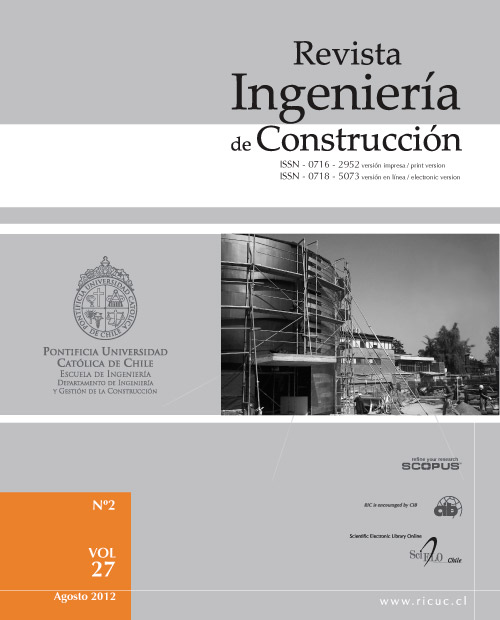Speed profile models for evaluation of design consistency in road of the province of Villa Clara, Cuba
DOI:
https://doi.org/10.4067/S0718-50732012000200005Keywords:
Geometric design, evaluation, design consistency, speed profile modelsAbstract
Among the aspects that influence road accidents, geometric design is the most relevant. The most used method for evaluating the design all over the world is based on the design consistency with speed profile models of operation. Cuba does not have proprietary models that consider the characteristics of the roads and drivers, so it is necessary to develop predictive models for the evaluation of design consistency. The development of operating speed profile prediction models for different alignment conditions on rural roads with two lanes in the context of Cuba is made from the geometric characteristics and point speeds with statistical analysis of the main variables related with the operating speed. Once models are developed they are applied to a section of road designated as an accident concentration section (TCA) of the province of Villa Clara located in central Cuba, these results confirm the validity of the models developed to determine the operating speeds, thus evaluating the design consistency, with the aim of detecting the locations of greater difficulties with respect to the geometric design.


